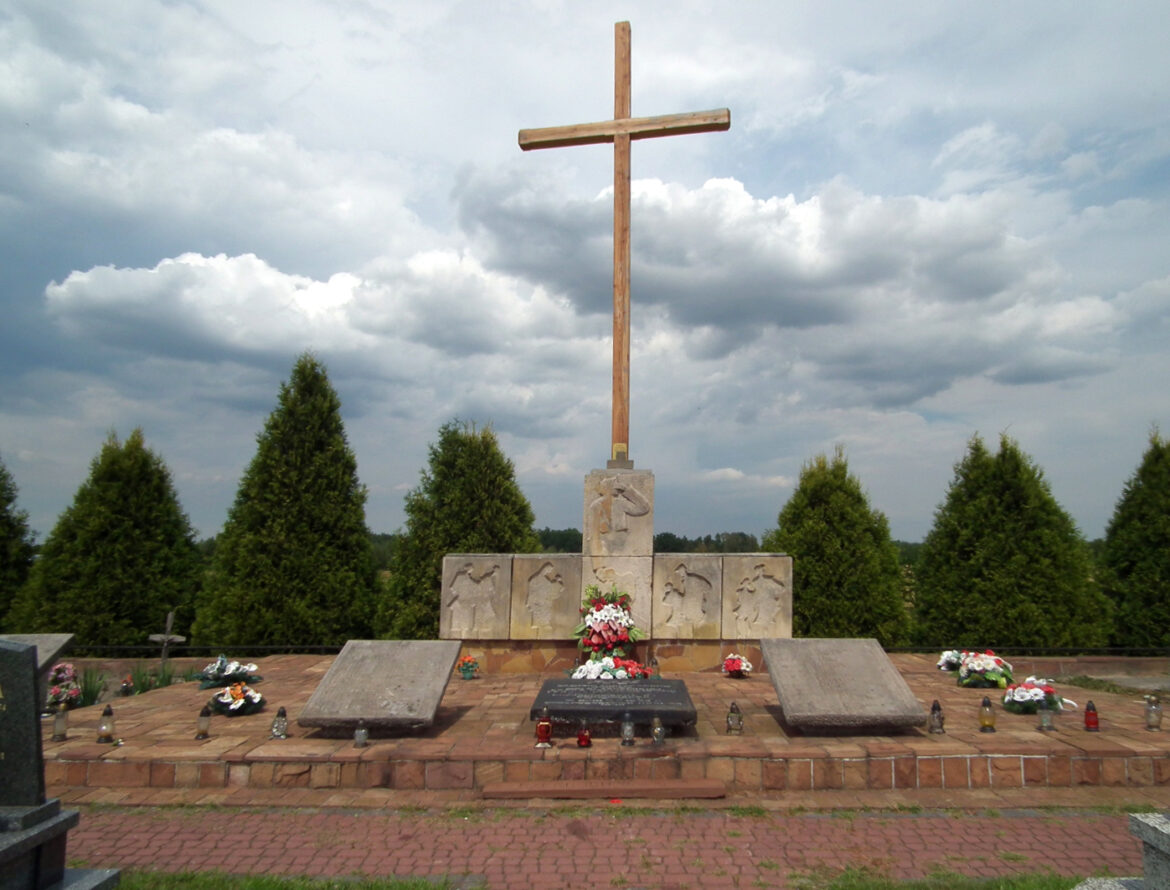During the occupation of Poland, the Germans completed the violent pacification of several hundred Polish villages, murdering most of their inhabitants. The largest single mass murder took place on 2 February 1944 in the vicinity of Borow in the Lublin District.
During the German occupation, many Polish villages were completely destroyed, and their inhabitants murdered. The first pacifications took place already during the hostilities in September 1939, and later became one of the tools of the bloody German terror against Poles in the countryside. These repressions were in retaliation for helping underground organisations, giving shelter to Jews in hiding, or failing to meet compulsory deliveries of agricultural produce, known as quotas.
At the beginning of February 1944, the Germans carried out the largest single crime against the inhabitants of Polish villages. A German force of around 2,000-3,000 SS, gendarmes, and Wehrmacht soldiers, aided by auxiliary Ukrainian formations, cordoned off the villages in the vicinity of Annopol on 2 February 1944. The mechanism of the crimes was identical everywhere: after being surrounded, the buildings were fired upon even with light artillery and grenade launchers, after which German troops entered the villages and carried out mass murders of the civilian population, and the buildings were then burnt down. Among the victims were women and children, including infants.
One of the reasons for the February crimes was the population’s support for the partisan units of the National Armed Forces and the Home Army. Historians indicate that the pacification may have been provoked by denunciations of the local population made by local communists to the German security apparatus.
On 2 and 3 February 1944, the Germans murdered around 1,200 people in Borowo, Szczecyn, Wólka Sczecka, Lążek Zaklikowski, Lążek Chwałowski and Karasiówka. After the end of the Second World War, none of the perpetrators of this crime ever faced any responsibility for it.





